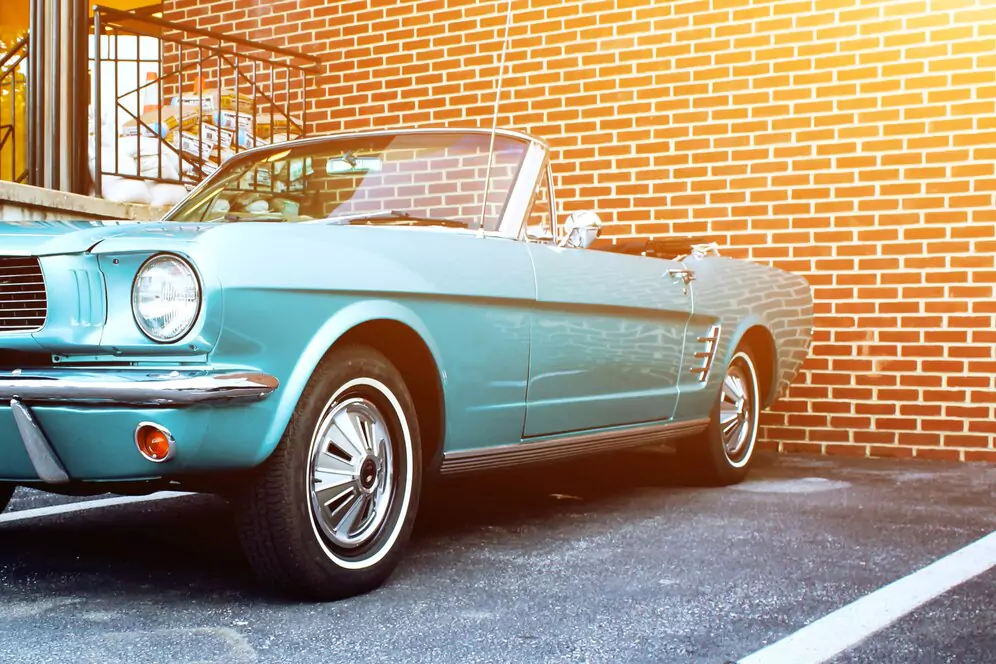Deadstock fashion is a key player in the sustainable fashion movement. Deadstock is not just a fashion trend for Judy’s Fashion. It’s an ethical, sustainable and innovative commitment. What is deadstock fashion exactly? Why is Judy’s style so popular?
This blog will examine the concept of Deadstock, its social and environmental impact, and the role that Judy’s Fashion plays in this exciting movement. We will also offer actionable tips to help you support deadstock fashion, and create a more eco-friendly wardrobe.
What is Judy’s fashion deadstock?
Deadstock Definition
Deadstock is a term used to describe unused fabrics and garments which were deemed obsolete, surplus or unsellable. Deadstock fashion is a way to give these materials a second chance, rather than letting them waste away in warehouses, or worse, ending up in landfills. Reimagining these materials allows brands to reduce waste and create exclusive collections.
Judy’s Style and Commitment
Judy’s Fashion is a company that focuses on deadstock clothing and combines sustainability with high quality design. Each piece of their collection proves eco-consciousness can be combined with style. The brand sources deadstock materials to create unique clothing that does not compromise on style or quality.
Deadstock Fashion and the Environment
Sustainable Fashion in Action
Sustainability is not an option anymore. It’s essential to combat the environmental crisis. By repurposing textile waste, one of the biggest polluters in the fashion industry, Deadstock fashion tackles this problem. It reduces the need for new fabric, which is an expensive and resource-intensive process.
Deadstock for the Planet: Benefits
Deadstock can have a positive impact on the environment in several ways.
- Reducing textile waste: Each year, approximately 92 million tonnes of textile waste is produced worldwide. Deadstock fashion transforms potential waste into wearable and valuable items.
- Reduce your carbon footprint: The production of new fabrics requires high water consumption, CO2 emissions and chemical-heavy manufacturing. Deadstock avoids all of these processes, saving resources.
- Circularity: Reusing dead stock materials contributes to an economy that is circular.
Stats to Support Your Case
Ellen MacArthur Foundation report states that extending clothing’s lifecycle by nine months could reduce the environmental impact by as much as 30%. Deadstock fashion goes a step beyond by keeping materials from landfills.
Deadstock Fashion: Social and Economic Implications
Fair Labor and Ethical Work Practices
Fashion that is sold as deadstock often coincides with ethical labor. Judy’s Fashion, for example, can reduce costs by reducing the cost of materials. This allows them to allocate more funds towards fair wages and working conditions.
Supporting Local Economys
Fashion that is in deadstock has the power to revitalize communities as many brands place a high priority on local production and sourcing. It creates jobs, strengthens local economies and reduces carbon emissions from long-distance transport.
Real-World Impact
Deadstock can be a profitable business model. Brands such as Judy’s Fashion have proven this. They’ve partnered up with local artisans to transform surplus fabrics into beautiful, handcrafted pieces. Their success shows how ethical fashion can provide both economic and social opportunities.
Deadstock Fashion: Challenges and Opportunities

How to overcome obstacles
Deadstock fashion has its advantages, but it also comes with challenges.
- Limited Material Access: Deadstock fabric is often available in small quantities and restricts production sizes.
- Scaling up: Finding sufficient deadstock material to meet demand can be a challenge for growing brands.
- Concerns about Quality: Certain deadstock may not meet durability standards. Innovative approaches are needed to improve longevity.
Innovative Opportunities
Deadstock fashion presents both challenges and opportunities.
- Innovative Design: Designers have to be creative and create innovative collections using unique fabrics.
- Advancements in Technology: Data analytics and AI can help streamline the sourcing of deadstock, making it more accessible.
- Consumer awareness: Growing consumer demand for sustainable products gives deadstock fashion an edge in the market as consumers prioritize ethical brands.
Judy’s Fashion Deadstock at Work
Deadstock: Judy’s Approach
Judy’s Fashion sources and curates top-quality materials from deadstock that are in line with the brand’s aesthetics and values. These fabrics are transformed into limited edition collections to ensure exclusivity and promote sustainability.
What Customers Say
Judy’s Fashion is praised by customers for its eco-friendly mission and high quality craftsmanship. Here are some of the comments from customers:
- Looking stylish and supporting the environment? “It’s a win/win.”
Judy’s Vision Moving forward
Judy’s Fashion’s future plans include expanding its deadstock offering, collaborating with more ethical vendors, and proving sustainable fashion is possible.
Deadstock Fashion: How you can support it
Get Started with These Tips
Want to include deadstock in your wardrobe? Here are some tips:
- Research is important: Find brands such as Judy’s Fashion who prioritize transparency and ethical sourcing.
- Buy with Care: Prioritize quality over quantity. Invest in timeless items that you will wear for many years.
- Consider Local Options: Look for local designers and thrift shops that use deadstock material.
Conscious Consumption Matters
Your buying choices are powerful. Supporting deadstock fashion will help to create a more sustainable industry, and encourage brands to adopt eco friendly practices.
Be a Advocate
It is important to spread awareness as much as it is to follow your own buying habits. Engage in discussions about sustainable fashion and share your favorite deadstocks on social media.
Judy’s role in the future of deadstock fashion
Deadstock fashion is more than just a trend. It’s an industry-reshaping movement. Deadstock fashion has the power to revolutionize the fashion industry by reducing waste, lowering impact on the environment, and supporting ethical practices.
Judy’s Fashion is a great example of what can be achieved when creativity and sustainability are combined. They’re setting new standards for fashion by making deadstock the core of their mission.
Are you ready to become a part of the deadstock revolution? Discover Judy’s Fashions’ latest collection and join the movement.
The conclusion of the article is:
The journey of deadstock fashion reveals a promising way to a sustainable, ethical and innovative industry. Brands like Judy’s Fashion, by embracing deadstock fabrics, not only help preserve the environment but also promote a culture that values conscious consumption and creativity. This approach empowers the consumer to make choices that are in line with their personal values and those of the planet. As the industry becomes more aware and more stakeholders embrace the principles of sustainable clothing, it is possible to see a widespread transformation. Deadstock fashion is a great example of what can be done when traditions are reimagined. We should continue to support these efforts, and inspire lasting changes for a sustainable fashion future.













